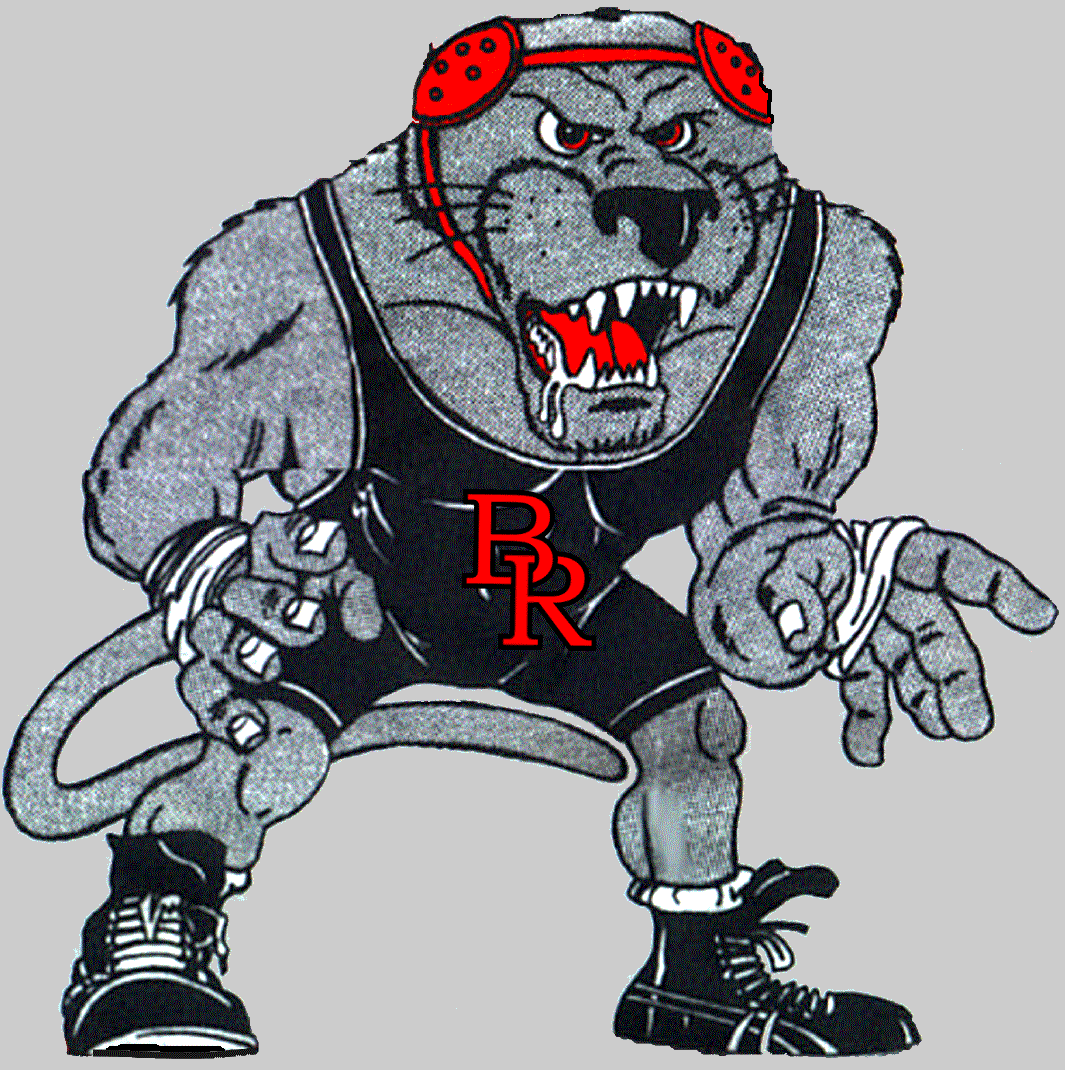Recommended Reading for All Wrestling Parents
"Parent's Guide to Youth Wrestling" by Bill Campbell, © 2000,
article reprinted with permission from USA WRESTLING.
"The Ten Commandments for a Wrestling Parent" (author
unknown)
"Why Wrestle?" (author
unknown)
"How Safe Is Wrestling?"
"How
a Match Works - What Takes Place in a Wrestling Match"
How Safe is Wrestling?
Wrestling, like all sports, has the risk of
injury. Wrestling has more injuries than tennis and swimming, but most
wrestling injuries are minor, consisting of sprains and strains. Wrestling
has fewer serious injuries than football, basketball or ice hockey.
Your wrestler will get bumps, bruises, mat
burn, and bloody noses. Don’t panic, it’s all part of the sport and your
child will never be asked to wrestle if they are hurt or not feeling well.
Wrestlers are more likely to get hurt in
practice than in competition. The wrestler spends very little time in
actual competition. Matches are usually 3 - 4½ minutes long and the
wrestler is on guard and ready to protect themselves every minute of a match.
We are start each practice session and
competition with warm-up. The time spent in the wrestling room is measured
in hours and children tend to goof around. We try to structure our
practice sessions in such a way as to keep it fun, fast paced to keep your
child’s interest, and to minimize time for rough housing. A child that is
not paying attention winds up getting hurt.
Here are a few things you can do to make sure
your child's participation in wrestling is a safe and healthy experience:
- Proper strength and conditioning
regimes should be encouraged. Ensure that your wrestler is doing the
warm-up exercises properly, using correct body mechanics and form. The
harder your wrestler works in practice the safer and more successful
they will be in competition.
- Do not allow your child to decrease
or deplete food and fluid intake to make a particular weight class. It
can and will eventually be detrimental to the health and safety of the
your child.
- Tell your wrestler to wrestle hard
and fairly. Encourage your wrestler to practice and use the holds and
moves he or she has been taught. Discourage the use of illegal holds or
made up holds and moves.
- Wrestlers should be encouraged to
wear protective headgear that provides ear protection.
- To reduce the risk of skin diseases,
wrestlers should shower before and after workouts; wash their workout
clothes daily; dry their skin adequately; clean mats daily; avoid
wearing street shoes on wrestling mats or wrestling shoes off the mats;
wipe headgear down with alcohol pads after each use; and conduct daily
total body skin inspections.
- Wrestlers with open wounds, broken
skin or diseases of the skin should be discouraged from participating
until the skin is healed or the wrestler has been cleared to participate
by a licensed physician. If allowed to wrestle, the athlete should have
the affected skin covered to prevent cross-contamination. No
wrestler with a suspicious skin condition/disease shall be permitted to
wrestle without current written documentation from a physician stating
that it is not communicable and that the athlete's participation in
practices and wrestling events would not be harmful to others that the
wrestler comes in contact with.

